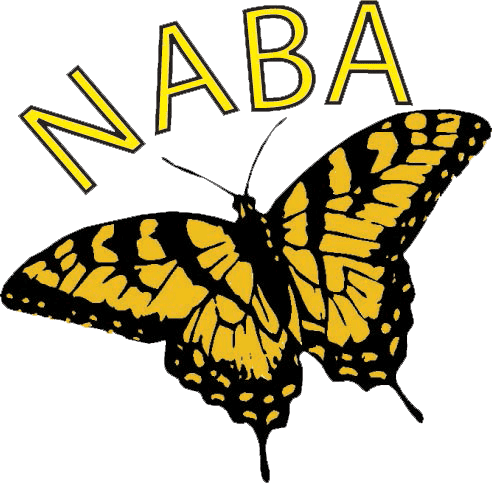
Common Buttonbush
(Cephalanthus occidentalis)
Other common names for this plant include Buttonbush, Button willow
Common Buttonbush is a great addition to butterfly gardens. Although it is a wetland shrub, it is easy to incorporate into a garden if given ample water. When planning a garden, consider growing Common Buttonbush in a mixed border that incorporates both perennials, shrubs, and grasses. It would also be at home in a naturalistic setting where it can mingle with other shrubs such as spicebush or costal sweetpepper bush.
While the flowers look more like pin cushions, the name of this plant comes from the round shape and hard texture of the reddish brown seed pods. In addition to being rather decorative, the seed pods are eaten by a number of different types of waterfowl.
Importance as a butterfly nectar source:
Loved as a nectar plant by a wide variety of butterflies.
Importance as a caterpillar food source:
Common Buttonbush is not a butterfly caterpillar food source. It is a food source for some moths.
Cultural Requirements
| USDA Hardiness Zone | 5 to 10 |
| Bloom Period | June to August |
| Bloom Color | White |
| Plant Height | to 12 feet |
| Plant Spread | 1 to 10 feet, can form colonies |
| Light Exposure | Sun |
| Soil Moisture | Moist |
| Animal/Disease Problems | Generally pest free |
Native Range

Plant Rating
lant rating scale ranges from 0 to 3. Plants rating 3 are the most useful for butterfly gardens. For more details on the ratings, see Native Plant Ratings
| Garden Rating | 3 |
| Nectar Rating | 3 |
| Caterpillar Rating | 0 |

